1
2
3
4
Treatments

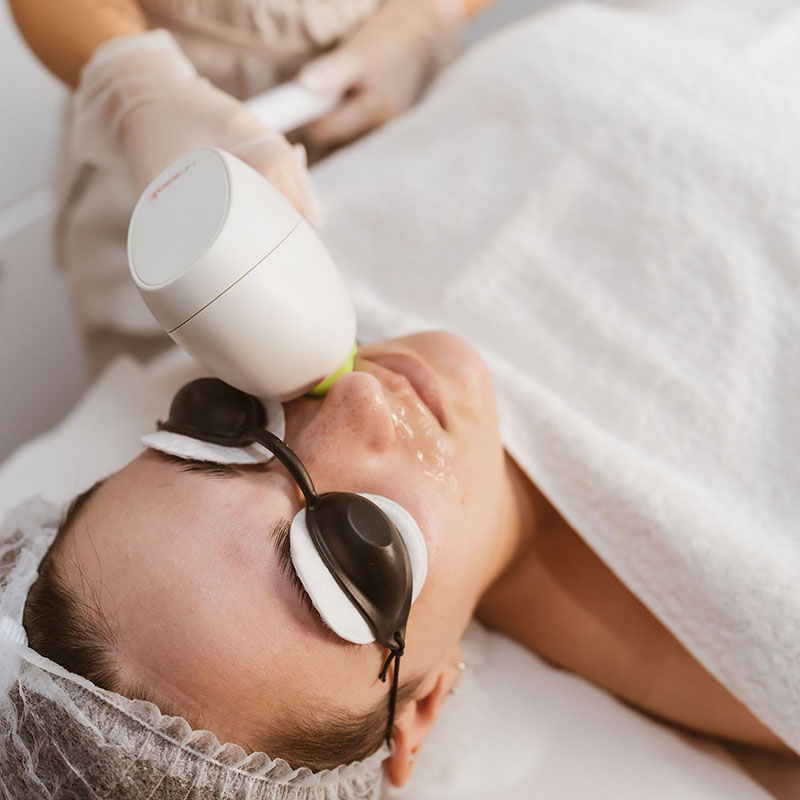
Smooth
IPL (Intense Pulsed Light) acne treatment is a non-invasive procedure that uses pulses of light to target and destroy the bacteria that cause acne. It is also effective in reducing the appearance of acne scars and reducing inflammation.
During the treatment, a hand-held device emits broad-spectrum light that penetrates the skin and targets the bacteria that cause acne. The light energy heats and damages the bacterial cells, which then die off and are naturally eliminated by the body’s immune system. Additionally, the heat from the light energy also helps to stimulate collagen production, which can improve the appearance of acne scars.
Testimonials



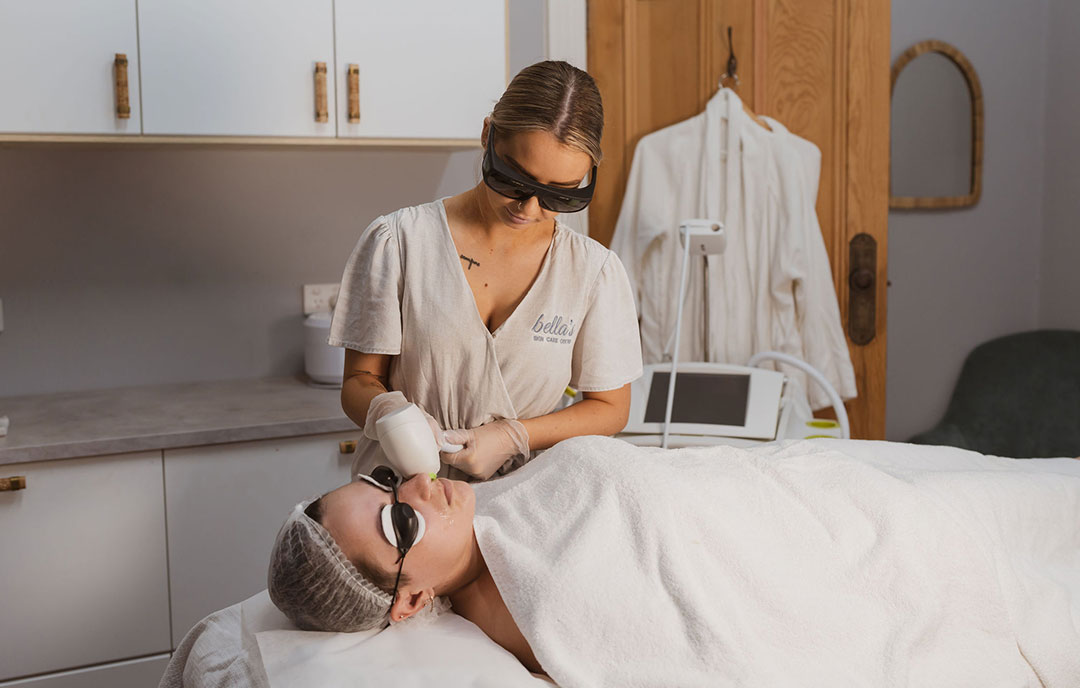
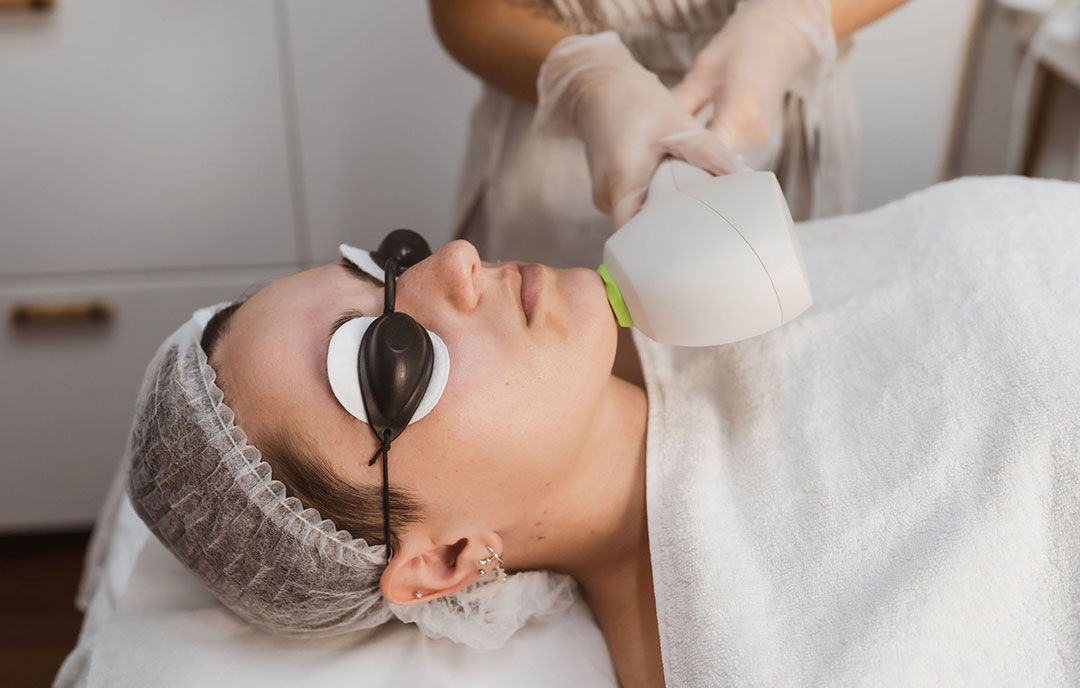
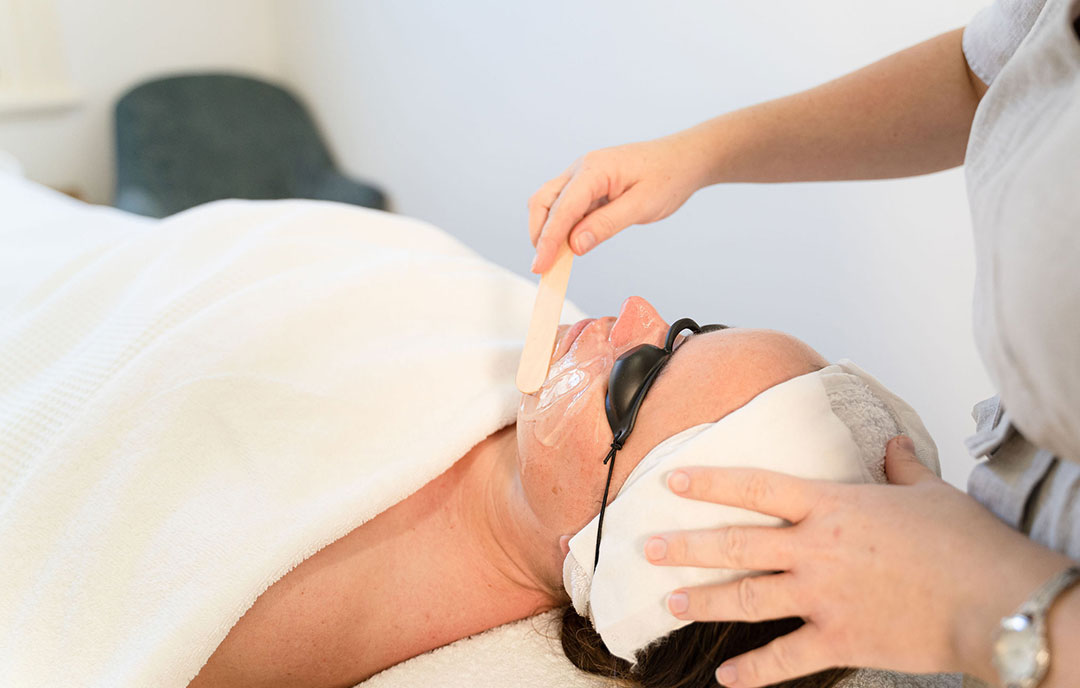
Acne starts when your hair follicles become plugged with oil and dead skin cells and become inflamed. C Acne bacteria, which is naturally present in all skins, is sensitive to changes in our skin’s microbiome (the delicate balance of miniscule bacteria that protects our skin). C Acne bacterial digests sebum and creates a bi-product that causes inflammation. When the follicle is trapped with oil and dead skin cells the C Acne bacteria doubles its digestion, meaning even more inflammation. This can cause whiteheads, blackheads, pimples, papules, pustules and cysts. Acne is most common among teenagers, although it affects people of all ages and all stages of life. Hormones are nearly always responsible at some level in teenage and adult acne. Dysfunctions in our hormones at any point in our lives will change the functioning of our sebum glands.
It uses light-based technology to treat both the cause and visible symptoms of acne. The blue light kills the bacteria that causes acne breakouts, and the red light reduces acne-related inflammation.
The best candidate is someone who has acne and/or acne-related inflammation on the face or body.
For safety reasons, you may not be able to get this treatment if you have/are:
IPL Acne treatments wok best for light to medium skin tones. The treatment may work on darker skin, but there is a higher risk of discolouration because darker skin has more pigment in it. It is best to consult with the technician to see if you would be a good fit.
Most people receive a total of 8-10 treatments.
Treatments are usually done twice a week for a month. Treatments should be scheduled 3-4 days apart.
Make sure your skin is clean. Do not apply any lotions, creams or makeup before your session and stop using any products that might irritate your skin 2-3 days before. You must also avoid any tanning, including with self tanners. You may be advise to shave the area before your treatment, Remove all jewellery around the area being treated.
One session usually lasts 15-30 minutes, depending on the area being treated.
The treatment feels like a light snap with an elastic band against your skin, or like someone lightly flicked you.
It doesn’t hurt, the applicator has a built-in cooling feature to make the treatment as comfortable as possible, but you might feel a bit of discomfort if you’re treating a more sensitive area, like the upper lip. Settings can always be adjusted accordingly for client comfort.
Your skin can feel warm, like sunburn, with some redness, but other than that, you really shouldn’t feel any different if you follow instructions for before and after your treatment.
It really depends on the severity of your skin and how well you take care of your skin after your treatment. We recommend a touch-up session twice a month, then monthly. Once the acne starts clearing up, you can then increase the time between maintenance treatments depending on how your skin responds to the treatment.
Avoid tanning for at least 2 weeks before and 2 weeks after your treatment, and wear sunscreen. You should also avoid hot baths, massages, or any treatment that requires direct contact with the skin for the first 2 days after your treatment. If you notice any blisters or scabbing, treat it with a prescribed antibiotic cream – always consult with your treatment provider first. You can go back to gentle washing and using gentle, non-irritating products immediately afterward.
Fill in the form below to send us a message.
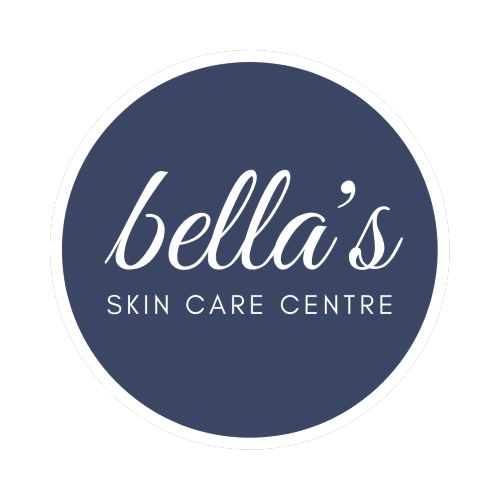
Bella’s Skin Care Centre is a full service spa and beauty salon, offering a wide range of treatments, incorporating the latest in proven therapies.
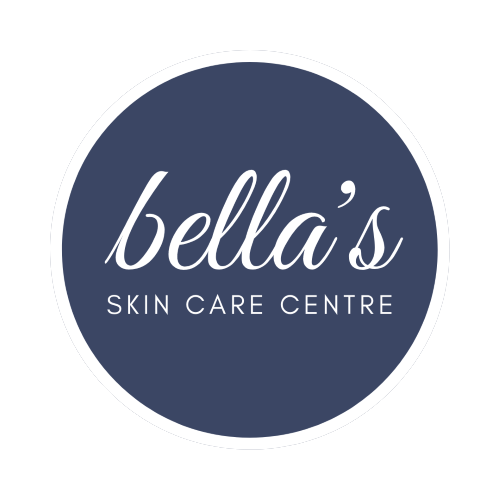
Bella’s Skin Care Centre is a full service spa and beauty salon, offering a wide range of treatments, incorporating the latest in proven therapies.